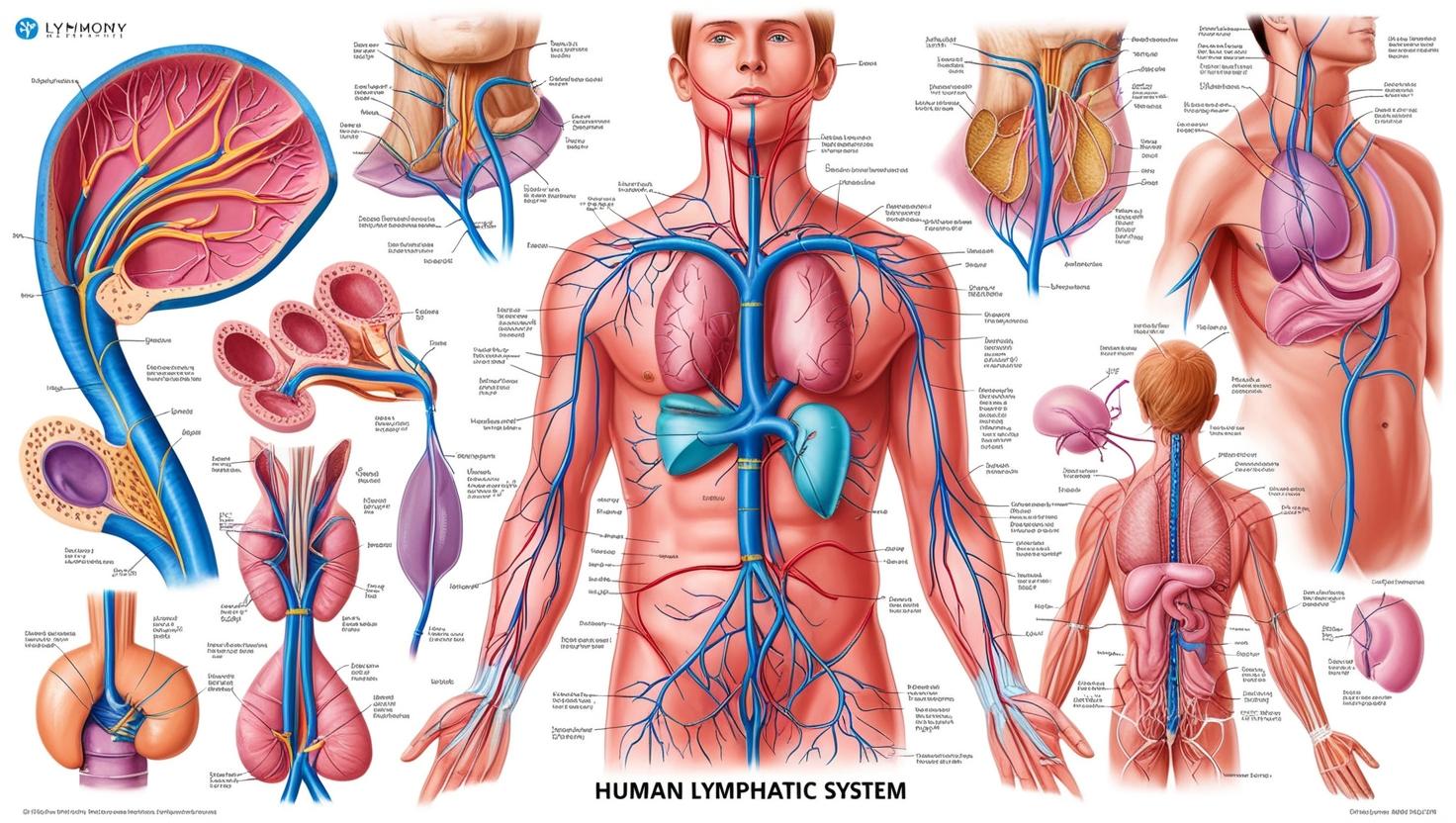Modern challenges, whether professional stress, emotional imbalance, or the constant hustle of daily life, have made mental and physical well-being important talking points. Enter guided meditation, a simple but profoundly effective tool that’s achieving recognition among wellness seekers and health enthusiasts. Its ability to align mind and body has captured the attention of people around the globe, turning meditation apps, wellness centers, and online guided sessions into trending tools for self-care.
But what exactly is guided meditation, and why is it so beneficial? This post explores the science, stories, and strategies behind guided meditation and why it’s one of the most effective practices for enhancing overall health.
What Is Guided Meditation?
Guided meditation is a form of meditation where an instructor (live or recorded) provides verbal instructions that lead you through the process. This can involve visualizations, mindfulness techniques, or breath-focused exercises to help participants achieve relaxation, clarity, or focus. Unlike traditional meditation—which can be intimidating for beginners—guided meditation simplifies the process, making it more accessible for everyone.
The growing demand for guided meditation has been fueled by its accessibility and tangible benefits. From brief 5-minute sessions to hour-long deep-dive practices, guided meditation accommodates all lifestyles and schedules. Today, apps like Calm and Headspace have introduced millions to this practice, bringing meditation from ancient wisdom to modern convenience.
The Science of Guided Meditation and Its Benefits
The benefits of guided meditation are far-reaching, impacting both mental and physical health. Backed by science, meditation is no longer just anecdotal wisdom but an evidence-supported wellness tool.
Mental Health Benefits
Guided meditation improves psychological well-being by addressing stress, anxiety, and even depression. Here’s how:
- Reduces Stress
A study from The American Journal of Psychiatry found that mindfulness meditation reduces stress hormone levels like cortisol. By focusing the mind and calming the body, participants report deep long-term relaxation.
- Improves Focus and Cognitive Function
A research team from Harvard Health reported that meditation enhances the brain’s prefrontal cortex activity, improving focus, decision-making, and overall cognitive performance.
- Combatting Anxiety and Depression
Regular guided meditations have been shown to diminish feelings of anxiety and depression by encouraging positive thinking patterns and providing tools to manage intrusive thoughts.
Physical Health Benefits
While guided meditation is often thought of as a tool for mental health, its impacts on physical health are equally profound:
- Lowers Blood Pressure
The Mayo Clinic highlights how meditation can naturally bring down high blood pressure by improving stress-related cardiovascular strain.
- Enhances Immune System
Studies published in Psychosomatic Medicine show that mindfulness practices stimulate immune function, making the body more resistant to infections.
- Improves Sleep Quality
Guided meditations that focus on body scanning or relaxation can help participants achieve deeper, uninterrupted sleep, critical for recovery and health.
Real-Life Stories of Transformation
Real success stories often paint a better picture than statistics. Take Sarah, a 35-year-old marketing executive who struggled with chronic insomnia. She decided to try a guided meditation app for two weeks. Within days, she noticed calmer evenings and, by the third night, had her first uninterrupted sleep in months.
Then there’s Andrew, a young father dealing with anxiety. He practiced 15-minute guided mindfulness meditations daily, which helped him manage overwhelming emotions and stay grounded in the present for his family.
These are just two of countless examples where guided meditation has made measurable improvements in real lives.
How to Get Started with Guided Meditation
Starting meditation can feel daunting, but with these tips, beginners can integrate guided meditation into their daily routines smoothly:
- Set Realistic Goals
Start with just 5–10 minutes daily. Even short sessions can lead to noticeable changes.
- Find a Quiet Space
Choose a location free from distractions where you can feel comfortable and relaxed.
- Use the Right Tools
Try popular apps like Calm, Insight Timer, or Headspace to access beginner-friendly guided meditations.
- Be Consistent
Like any habit, consistency is key. Pick a specific time of day—mornings or before bed—and make it part of your routine.
- Focus on the Present
Don’t stress about “doing it right.” Guided meditation is about progress, not perfection.
How to Get Started with Guided Meditation
Starting meditation can feel daunting, but with these tips, beginners can integrate guided meditation into their daily routines smoothly:
- Set Realistic Goals
Start with just 5–10 minutes daily. Even short sessions can lead to noticeable changes.
- Find a Quiet Space
Choose a location free from distractions where you can feel comfortable and relaxed.
- Use the Right Tools
Try popular apps like Calm, Insight Timer, or Headspace to access beginner-friendly guided meditations.
- Be Consistent
Like any habit, consistency is key. Pick a specific time of day—mornings or before bed—and make it part of your routine.
- Focus on the Present
Don’t stress about “doing it right.” Guided meditation is about progress, not perfection.
Exploring Different Guided Meditation Techniques
Not sure which guided meditation style is right for you? Here’s a breakdown of popular techniques:
- Mindfulness Meditation
Focus on the present moment with guided prompts to observe your thoughts without judgment.
- Visualization Practices
Immersive imagery guides you to picture calming scenarios, like walking on a serene beach or sitting in a peaceful forest.
- Gratitude Meditation
Guided gratitude sessions help reaffirm positive emotions by focusing on things you’re thankful for.
- Body Scan Meditation
This technique directs attention to different parts of your body to release tension and heighten awareness.
Most practitioners try a variety of techniques until they find the approach that best fits their well-being goals.
Common Misconceptions About Guided Meditation
Even with its growing popularity, myths persist. Here are some common misconceptions debunked:
- “I need to clear my mind for meditation to work.”
Meditation encourages acknowledging thoughts and letting them pass rather than forcing the mind to be silent.
- “Meditation takes too much time.”
Many guided sessions require only 5–10 minutes, making it a practice even the busiest people can adopt.
- “It’s only for spiritual people.”
While meditation has spiritual roots, modern guided meditation focuses on health and stress management for all, regardless of beliefs.
Transform Your Health with Guided Meditation
Guided meditation is more than just a trending fad. It’s a proven, accessible wellness practice with the power to transform how we experience life. By integrating it into your routine—one step at a time—you can foster both mental clarity and physical resilience that lasts a lifetime.
Why not take the first step today? Download a guided meditation app, set aside a few quiet minutes, and experience the benefits for yourself. Your mind, body, and soul will thank you.











